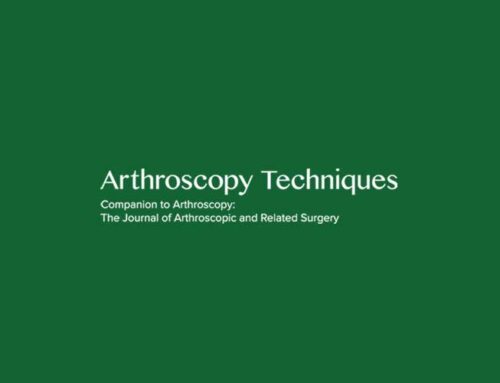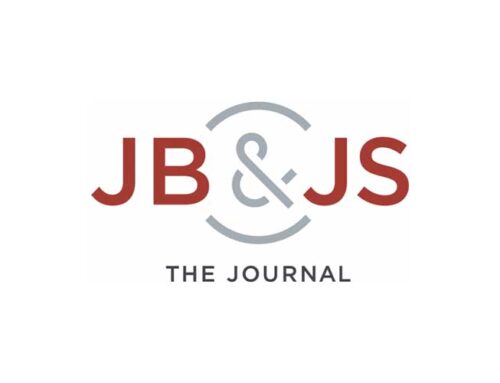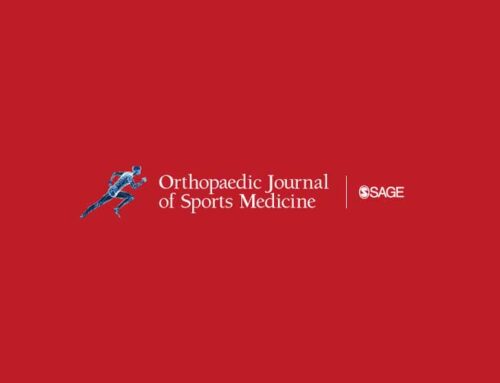BACKGROUND:
There is a growing trend for hip arthroscopists to treat patients with borderline hip dysplasia (BHD) for femoroacetabular impingement syndrome (FAIS) without addressing the acetabular coverage. However, the literature of outcomes and failure rates for these patients is conflicting.
PURPOSE:
(1) To identify whether patients with BHD achieved 2-year similar patient-reported outcome, minimal clinically important difference (MCID), and patient acceptable symptomatic state (PASS) when compared with patients without BHD and (2) to identify predictors for achieving the MCID and PASS among patients with BHD who are undergoing hip arthroscopy for FAIS.
STUDY DESIGN:
Cohort study; Level of evidence, 3.
METHODS:
Data from consecutive patients who underwent primary hip arthroscopy with routine capsular closure for the treatment of FAIS between January 2012 and January 2017 were collected and retrospectively analyzed. Patients with BHD (lateral center-edge angle [LCEA], 20°-25°) were matched 2:1 by age, sex, and body mass index (BMI) to control patients with normal acetabular coverage (LCEA, >25°-40°). Patient-reported outcome, MCID, and PASS were compared between the groups. Multivariate logistic regression analysis identified significant predictors of achieving the MCID and PASS in the BHD group.
RESULTS:
The MCID in the BHD group was defined as 9.2, 13.7, 8.5, and 15.2 for the Hip Outcome Score-Activities of Daily Living, Hip Outcome Score-Sport Specific, modified Harris Hip Score, and iHOT-12, respectively. Threshold scores for achieving the PASS in both groups were 87.9, 76.4, 78.1, and 60.0. A total of 112 patients were identified as having BHD (LCEA, 20°-25°) and were matched to 224 controls. Both groups saw statistically significant increases in score averages over the 2-year period; however, the differences between them were not statistically significant (P > .05 for all). There was no statistical difference in the frequency of the BHD and non-BHD cohorts achieving the MCID on at least 1 threshold score (86.6% vs 85.6%, P = .837) and the PASS (78.6% vs 79.8%, P = .79). There was, however, a statistically significant difference between the rates of patients with and without BHD achieving the PASS on the modified Harris Hip Score threshold (62.5% vs 74.5%, P = .028). The final logistic models demonstrated that lower BMI (odds ratio [OR], 0.872; P = .029), lower preoperative alpha angle (OR, 0.965; P = .014), and female sex (OR, 3.647; P = .03) are independent preoperative predictors of achieving the MCID, while lower preoperative alpha angle (OR, 0.943; P = .018) and self-reported limp (OR, 18.53; P = .007) are independent preoperative predictors of achieving the PASS.
CONCLUSION:
Outcome improvements in patients with BHD who are undergoing arthroscopic treatment with capsular closure for FAIS are not significantly different from patients with normal acetabular coverage. Lower BMI, lower alpha angle, absence of limp, and female sex are preoperative predictors of achieving meaningful clinically significant outcome improvements in patients with BHD.









